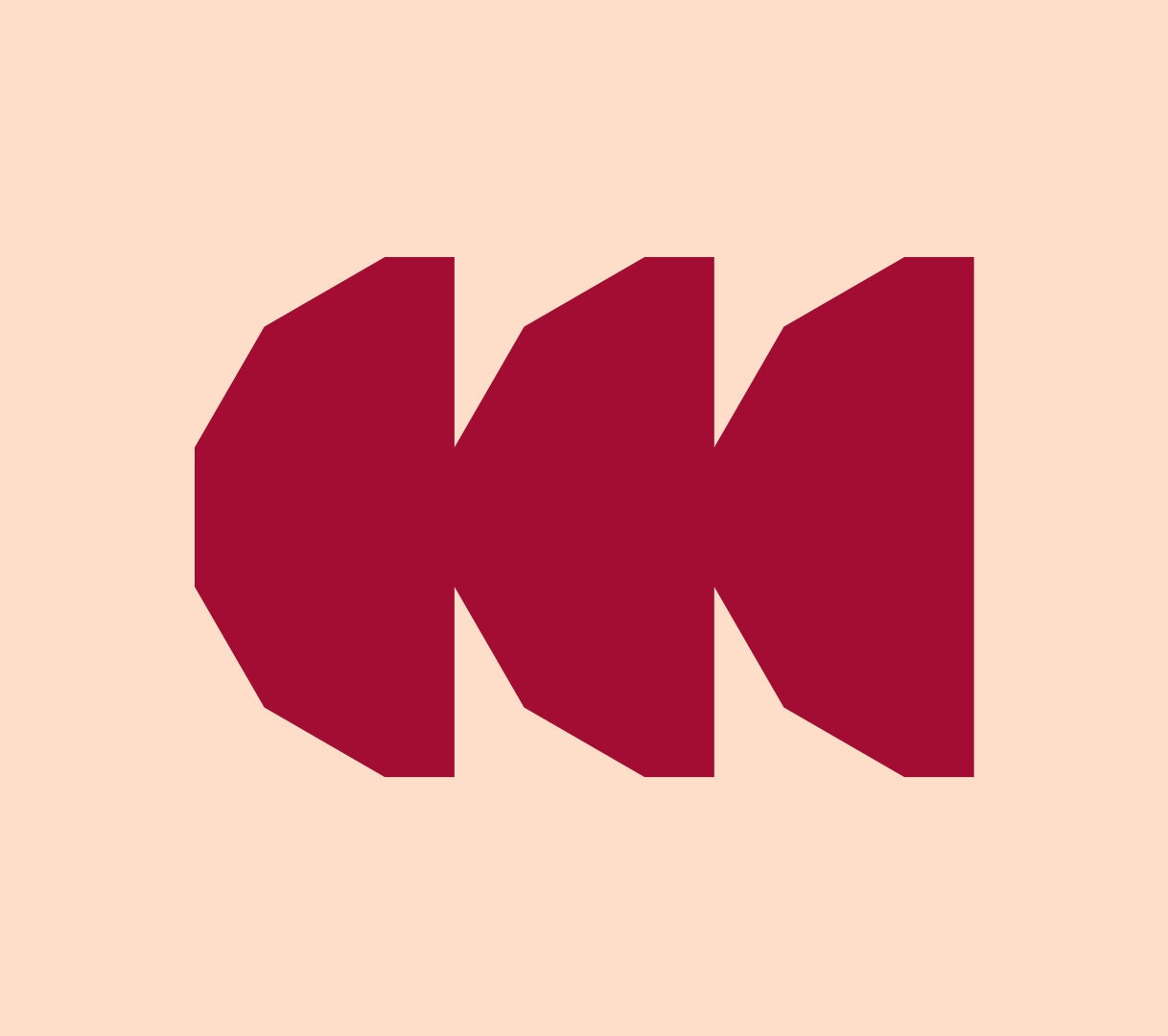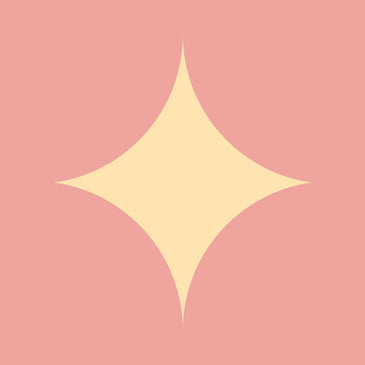Bodily does not provide medical advice, diagnosis, or treatment. The resources on our website are provided for informational purposes only. You should always consult with a healthcare professional regarding any medical diagnoses or treatment options.
Shop the Birth Recovery & Postpartum Collection here.
What is this?
Hemorrhoids are swollen veins, either inside the rectum or under the skin around the anus. They can cause pain, itching and bleeding after bowel movements. Hemorrhoids can be caused by hormonal shifts and increased pressure on the veins during pregnancy, bowel movements or vaginal delivery.
How common is it?
Like many pregnancy health topics, hemorrhoids are understudied. One study found that between 25-35% of pregnant women get hemorrhoids. Another study, which had a small sample size of 50 participants, found that 85% of women got hemorrhoids during their second and third pregnancies.
How long does it last?
Hemorrhoids usually clear up on their own after a few weeks. To help promote healing, make sure to increase fiber and water intake, and avoid straining and sitting on hard surfaces.
What can be done about it?
Here are some remedies that provide temporary relief and may speed healing:
Pain relievers
What
Ibuprofen and/or acetaminophen
How
As directed by an OB-GYN or midwife, who may suggest that you “pair” them, or alternate between them, since they target different pain receptors.
Why
To relieve pain. These are considered safe if a woman is breastfeeding.
Hydrocortisone suppositories and hemorrhoid creams
What
Over-the-counter pain relief
How
As directed by an OB-GYN or midwife.
Why
Helps relieve pain and itching, and reduces swelling directly in the rectum or anus.
Cold packs
What
Ice packs or cold gel packs
How
Apply to the area as needed.
Why
Cold packs can provide temporary numbing for pain relief.
Witch hazel
What
Wipes or frozen maxi pads
How
Apply (alcohol-free) witch hazel wipes or soak maxi pads with witch hazel and freeze. Place the frozen pad on top of a dry maternity pad in your underwear to absorb any bleeding and leakage. (Pro tip: Make a bunch of these so they’re ready to go.)
Why
Witch hazel has been shown to be as effective as anesthetic sprays and other pain relievers.
Numbing spray
What
Perineal spray (natural) or Dermoplast (conventional OTC)
How
Spray your numbing agent of choice on the area to provide a temporary cooling or numbing relief.
Why
Numbing spray can provide temporary pain relief.
Where can you find it
Sitz baths
What
A shallow tub that sits on top of the toilet
How
Soak the vulva, vagina and buttocks for 10–20 minutes, once or twice a day, in warm water.
Why
Sitz baths can reduce pain and swelling, as well as keep the perineum clean. There is some evidence that adding Epsom salts, lavender oil or olive oil to the water can promote healing. In fact, a 2018 study of 495 pregnant women found that using a Sitz bath filled with Epsom salt water three times a day cleared up hemorrhoids in 100% of the study participants using that remedy, compared to 85% using topical hemorrhoid cream.
Donut-shaped cushions
What
A device to prevent sitting on hard surfaces
How
Sit on a soft pillow or donut-shaped cushion
Why
Hard surfaces compress wounds and inhibit blood flow to healing areas.
Where can you find it
We tested the leading foam and inflatable cushions and found that the benefit from the portability of an inflatable cushion outweighed the benefit of the slightly cushier feel of the foam cushion (making it possible to bring to the hospital or birth center to make the car ride home more comfortable, among other examples). That's why we include a sturdy inflatable cushion in our Care For Birth Box, which is a complete kit for birth recovery, postpartum and breastfeeding.
Peri bottles
What
A handheld water bottle with a spray nozzle
How
Spray a gentle stream of water over the vaginal area while peeing to dilute the stinging effects of urine on healing areas. It also helps to avoid using toilet paper.
Why
A peri bottle helps to keep wounds clean, reduces inflammation and prevents abrasions. Adding witch hazel or soothing oils to the peri bottle water may also provide pain relief.
Where can you find it
Stool softeners
What
Magnesium citrate (natural), prune juice (natural), Colace (docusate sodium, conventional OTC), Miralax (polyethylene glycol, conventional OTC)
How
As directed by an OB-GYN or midwife.
Why
Stool softeners or laxatives, like those included our Postpartum Recovery Bundle, can help avoid constipation and straining that can be painful and irritating to perineal or vaginal areas.
Where can you find it
Where can I get all this stuff?
We curated a kit that is an all-in-one vaginal delivery recovery solution. We used research to craft Sitz Salts and Peri Spray that are made with organic, healing-promoting ingredients but also smell like the spa (cucumber and peppermint which have cooling properties). We also include a postpartum recovery bundle to help reduce straining and maximize comfort, and a peri bottle to keep stitches clean. Lastly, we provide inflatable cushion to keep pressure to a minimum.
---
What can be done to prevent it?
Having a vaginal birth or a long push period can increase someone's risk of developing postpartum hemorrhoids. If someone has had hemorrhoids or anal fissures (small tears in the tissue lining the anus) in the past, or if they deliver a baby with a high birth weight, they’re also more at risk.
When should I be worried?
If hemorrhoids don’t clear up after a month, it’s important to talk to your doctor or midwife so they can assess whether a more aggressive treatment like surgery is needed, and to rule out anything more serious.





